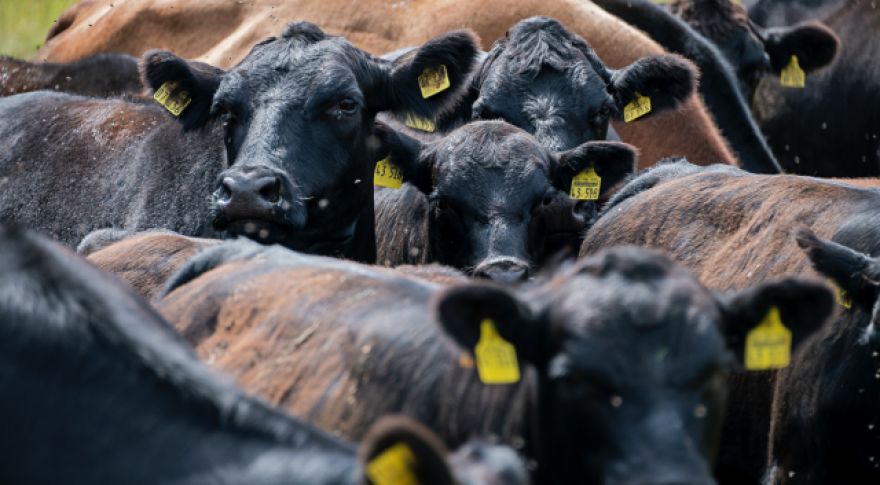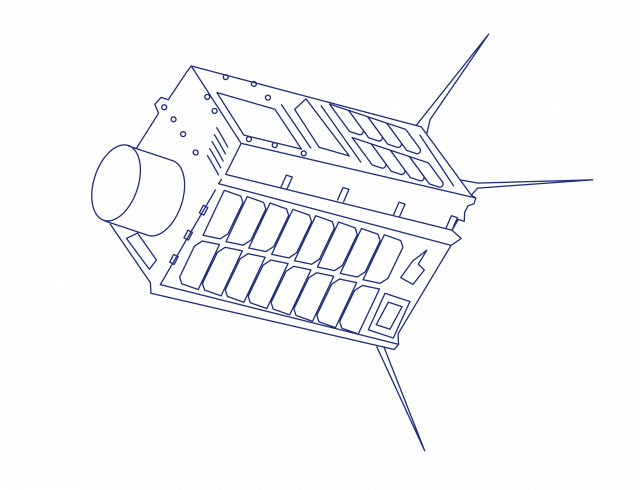
Methane-Belching Cattle Finally Detected Via Satellite
GHGSat Inc. makes and operates remote sensing technology with the goal of tracking global emissions. On March 2, the company sent a group of high-resolution satellites (which it says are each about the size of a microwave oven) into orbit to track emissions from cows in the Bear 5 feedlot in California’s San Joaquin Valley. The satellites detected a total of five emissions ranging from 361 to 668 kilograms per hour.
The company’s technology can be used to detect emissions most public satellites miss, including those from industrial facilities. But cattle farming presents a unique challenge: cows’ burps are small enough to quickly be whisked away by the wind, yet still impactful enough to collectively affect the rate of climate change. Ground meters—which have historically been used to attempt to measure various types of emissions—are labor-intensive and can only scan small areas at a time, while high-coverage aircraft-mounted sensors are expensive to operate. According to GHGSat, satellites take the best from both technologies with their ability to cover large swaths of land while maintaining a low operating cost.

An illustration of the satellite GHGSat used to monitor livestock emissions. (Image: GHGSat)
Feedlots (areas dedicated to fattening up large groups of livestock) like Bear 5 are suspected to contribute heavily to agriculture’s wider greenhouse gas emissions. Cattle, sheep, goats, and other animals involved in the meat and dairy industries possess forestomachs that contain microbes called methanogens, which help the animal digest tough plant material. Though these methanogens provide the animal with an obvious evolutionary advantage, their digestive functions produce methane as a byproduct.
Scientists around the globe are working on ways to reduce how much methane livestock produce. Certain food additives appear to do the trick, but some (like antibiotics) present human health concerns that render the benefits moot. Others, like fats, oils, and specific types of seaweed, have proven at reducing livestock methane production by anywhere from 15 to 80 percent.
Now Read: